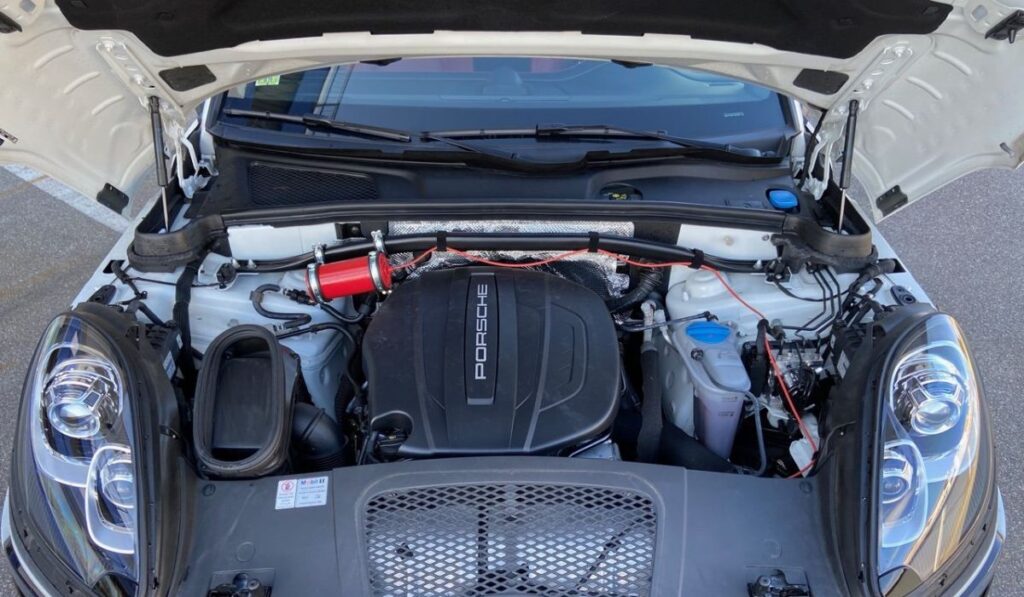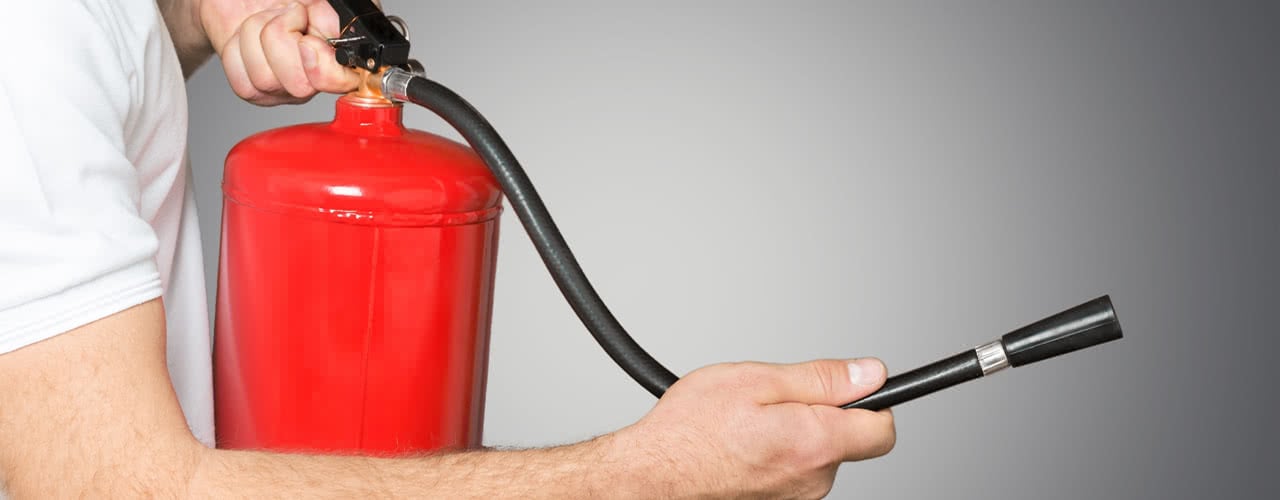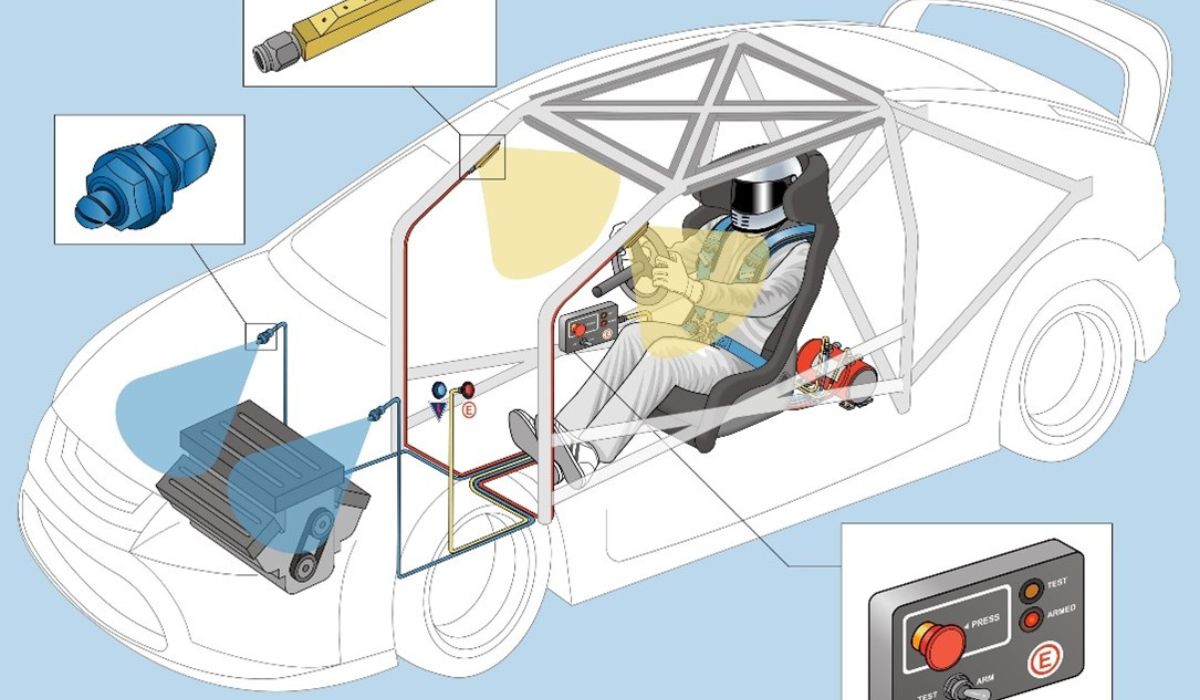A fire suppression system in a car is an integrated solution designed to extinguish vehicle fires. It detects heat or flames and releases extinguishing agents to prevent fire escalation.
Car fire suppression systems provide critical safety measures for drivers and passengers alike. These systems usually work automatically, with sensors that trigger the release of an extinguishing agent when a certain temperature is reached or flames are detected. The extinguishing agents commonly used include dry chemicals, foam, or gaseous compounds, each selected for their effectiveness in tackling different types of fires, such as electrical or fuel-based fires.
Installing a fire suppression system can significantly reduce the risk of severe damage or injury in the event of a car fire. Regular maintenance of these systems ensures they remain operational when needed, offering peace of mind for vehicle owners. Ensuring the proper functioning of this safety equipment is crucial for the well-being of all vehicle occupants and can be lifesaving in emergencies.

Introduction To Fire Suppression Systems In Cars
Cars offer freedom, but safety must come first. With one small spark, a peaceful drive can turn into a dangerous situation.
Fire suppression systems in cars are modern saviors on wheels, ready to act in seconds.
The Necessity Of Fire Safety On Wheels
Time is critical when a fire breaks out in a vehicle.
An effective fire suppression system can mean the difference between a scare and a disaster.
Saving lives, preventing injuries, and protecting property are top reasons these systems are non-negotiable.
- Quick fire detection and suppression
- Minimizes risk of injuries and fatalities
- Reduces damage to the vehicle
A Brief History Of Vehicle Fire Protection
Vehicle fire protection has evolved over decades.
The first systems were manual and not very effective.
Today’s technology offers automatic solutions with advanced sensors and materials.
| Year | Innovation |
|---|---|
| 1900s | Manual fire extinguishers |
| 1950s | Better materials for suppressing agents |
| 2000s | Automated fire suppression systems |

Credit: www.webstaurantstore.com
The Mechanics Of Fire Suppression
Fire suppression systems are critical for the safety of any car, especially in racing or high-performance vehicles. These systems serve as the first line of defense against fires, providing crucial time for drivers to escape and help to arrive. With the importance of vehicle safety ever-increasing, understanding the mechanics of fire suppression is essential for any car enthusiast or professional in the automotive field.
How Fire Suppression Systems Work
Fire suppression systems in cars are designed to detect and extinguish fires quickly and effectively. These systems typically consist of a series of components including detectors, a control unit, actuators, and nozzles that work in harmony to suppress the fire. Detection is the first step, where sensors identify a fire or a significant rise in temperature. Once a fire is detected, the system activates, and the suppression agent is released throughout the car to extinguish the flames.
Types Of Suppression Agents
Various suppression agents can be used depending on the system and vehicle requirements.
- Chemical powders – Often used for their ability to tackle different types of fires.
- Foams – Create a barrier between the fuel and oxygen, helping to prevent re-ignition.
- Gases – Such as carbon dioxide or clean agents, they leave no residue and are ideal for sensitive electronics.
- Liquid agents – Quickly cool the area and smother the fire.
Each agent targets specific components of the fire to stop the combustion process. It is crucial for the system to be compatible with the vehicle to ensure seamless operation and to minimize potential damage during suppression.
Integration In Vehicles
Modern cars come loaded with safety features, and fire suppression systems are crucial. These systems can save lives during a car fire.
Factory-installed Vs Aftermarket Systems
The choice between factory-installed and aftermarket systems depends on specific needs. Factory systems come pre-installed and are designed to fit seamlessly with the vehicle’s design. Aftermarket systems allow for customization but require careful installation.
- Factory-Installed:
- Optimized for the vehicle
- No extra installation needed
- Aftermarket Systems:
- More options available
- Professional install recommended
Zones Of Protection In Automobiles
Different car areas need protection from fire. Car fire suppression systems cover these zones for maximum safety.
| Zone | Details |
|---|---|
| Engine Compartment | Hottest area, most fires start here |
| Fuel System Area | Protects the fuel lines and tank |
| Electrical System | Covers the battery and wiring |
| Passenger Compartment | Keeps occupants safe |
Systems For Different Vehicle Types
Fire suppression systems are crucial for cars. They keep passengers safe. Different cars need special systems. Let’s explore the best systems for various vehicles.
Special Considerations For Racing Cars
Racing cars go very fast. They need strong fire suppression systems. Here are features for these cars:
- Lightweight tanks save on weight, making cars faster.
- Quick-release mechanisms put out fires fast.
- Non-toxic foam keeps the driver safe during use.
- Durable materials stand up to tough racing conditions.
Suppression Solutions For Electric Vehicles
Electric vehicles (EVs) have unique needs. They have big batteries. Batteries can catch fire. Here are the best systems for EVs:
| Type | Why it’s good for EVs |
|---|---|
| Gas-based systems | They cool down batteries fast. |
| Automatic activation | They work without driver help. |
| Integrated systems | They connect with EV safety features. |
Always pick a system made for your car type. Safety comes first. Protect your car from fire today.
Manual Vs Automatic Activation
Fire suppression systems in cars are critical for safety. They can mean the difference between a minor incident and a catastrophic one. A key decision when choosing a fire suppression system is deciding between manual or automatic activation. Each has its own set of benefits and situations where it might be the better choice.
Pros And Cons Of Manual Systems
- Control: Drivers can activate them at the first sign of fire.
- Prevention of false alarms: There is no risk of accidental discharge.
- Cost-effective: Typically cheaper than automatic systems.
However, they require the driver to be alert and capable of activating the system.
| Manual System Factor | Impact |
|---|---|
| Reaction Time | Could be slower than automatic. |
| User Presence | Necessary for function. |
| Maintenance | Often simpler than automatic. |
Advantages Of Automatic Deployment
- Immediate response: Quick activation once a fire is detected.
- Hands-free operation: No driver intervention needed.
- 24/7 Protection: Works even if the car is unattended.
The automatic system is a safeguard that operates without fail, even if the driver is incapacitated.
| Automatic System Factor | Impact |
|---|---|
| Speed of Activation | Faster than manual. |
| Intervention | Not required for success. |
| Cost | Higher due to technology. |
Regulatory Standards And Compliance
Staying up-to-date with Regulatory Standards and Compliance is crucial for automobile safety. Fires in vehicles can have devastating effects. A robust Fire Suppression System is your best line of defense. Manufacturers and vehicle owners must comply with specific regulations to enhance safety.
Global Fire Safety Protocols For Vehicles
The world recognizes the importance of vehicle fire safety. International bodies set protocols to follow.
- United Nations offers guidelines through the Economic Commission for Europe (UNECE).
- The National Fire Protection Association (NFPA) sets broad safety standards.
- Countries may have their own laws, but many align with these global benchmarks.
Certification Processes For Suppression Systems
Vehicles with fire suppression systems must pass certification. It ensures they meet safety requirements.
- The design and materials are reviewed for safety and effectiveness.
- Tests simulate real-world fire scenarios.
- Final analysis includes a comprehensive check of performance under extreme conditions.
Only systems passing these tests get certified for use.
Maintenance And Inspection
Fire suppression systems in cars are vital for safety. Like any essential car component, they require regular upkeep. Proper maintenance ensures they work when needed most. This section covers routine checks and signs of a failing system.
Routine Checks For Reliable Performance
Regular checks keep fire suppression systems ready. It’s key to schedule inspections often. Here’s what to focus on:
- Examine nozzles and hoses for blockages or damage.
- Check that pressure gauges show appropriate levels.
- Ensure activators and electronics function smoothly.
- Test the alarm system to confirm it’s operational.
- Inspect the agent storage container for integrity.
A detailed log of inspections keeps track of system health.
| Date | Inspector | Findings | Actions Taken |
|---|---|---|---|
| 01/04/2023 | J. Doe | All systems functional | None |
Signs of a Failing Fire Suppression System
Signs Of A Failing Fire Suppression System
Recognizing a failing fire suppression system prevents danger. Watch for these signs:
- Unusual noises or leaks when testing the system.
- Pressure gauge reads below the recommended level.
- Damaged or corroded parts during a visual check.
- Activator or electronics fail to respond correctly.
- The system does not discharge when triggered.
Address these issues immediately to ensure protection.
Case Studies: Fire Suppression In Action
Fires in cars can be life-threatening. A good fire suppression system can save lives and vehicles. Here, we look at real-life cases where fire suppression systems made a huge difference. Read on for real success stories and valuable lessons from failures.
Success Stories And Saved Lives
- Rally Driver’s Narrow Escape: In the middle of the race, a car burst into flames. Thanks to the on-board fire suppression system, the fire went out in seconds. The driver walked away without a scratch.
- Family Vacation Incident: A family’s car engine caught fire on a trip. The fire suppression kicked in, saving the family and the car. Without it, the trip could have ended in disaster.
Analysis Of System Failures And Learnings
Not all stories are of success. Sometimes, systems fail. Here’s what we learn from them:
| Incident | Cause of Failure | Outcome |
|---|---|---|
| Race Car Fire | System did not activate due to electrical fault | Car was lost, but driver survived with minor injuries |
| Highway Car Fire | Maintenance oversight led to system blockage | Passengers escaped, but the car was destroyed |
These cases teach us the importance of regular maintenance and system checks.
The Future Of Fire Suppression In Cars
Car safety evolves with every new model. A critical part is protecting against fires. Let’s explore what’s coming for in-car fire safety.
Cutting-edge tech brings better fire safety to our cars. These systems detect and stop fires fast.
- Improved Sensors: Cars will have better sensors to find fires early.
- Smart Systems: Fire suppressants will launch without human help.
- Non-Toxic Materials: New chemicals will fight fires and keep us safe.
With tech like this, car fire safety takes a leap forward.
Self-driving cars need top-notch fire safety. As they judge road risks, they must also handle fire risks.
Key aspects include:
| Feature | Benefit |
|---|---|
| Integrated Fire Control | Keeps passengers safe |
| Self-Diagnosis | Finds and reports issues |
| Remote Monitoring | Experts can assess dangers |
Autonomous cars will get smarter and safer against fires.
Frequently Asked Questions Of Fire Suppression System Car
What Is The Fire Suppression System In A Car?
A car’s fire suppression system extinguishes fires within the vehicle. It involves sensors and nozzles that expel fire retardants, enhancing safety for occupants and property.
What Is The Vehicle Fire Detection System?
A vehicle fire detection system senses and alerts occupants to the presence of fire or excessive heat in a vehicle, prompting swift action and safety measures.
Is A Fire Suppression System Worth It?
Yes, a fire suppression system is a valuable investment. It provides crucial protection against fire damage, potentially saving lives and reducing property loss.
What Does A Fire Suppression System Do?
A fire suppression system extinguishes or controls fires in buildings without human intervention. It quickly activates upon detecting heat or smoke, using water, foam, or chemical agents to prevent fire spread.
Conclusion
Ensuring your vehicle’s safety is paramount, and a robust fire suppression system plays a critical role. It’s a vital investment in protecting lives and minimizing damage. Remember, a fire suppression system offers peace of mind, acting as a silent guardian for your car.
Choose wisely and stay protected on the road.

I’m Abdus Sobur, a highly skilled and professional Fire Safety Officer with a passion for safeguarding lives and property. Over the course of my career, I’ve conducted numerous successful fire safety audits, earning a reputation for excellence in ensuring public safety.
In addition to my role as a Fire Safety Officer, I’m also dedicated to raising awareness about the importance of fire safety. Through my blog, I share insights into the functions of different fire safety equipment, aiming to empower individuals with the knowledge they need to protect themselves and their communities.
I’m driven by a deep commitment to promoting fire safety awareness and preventing fire-related incidents.

